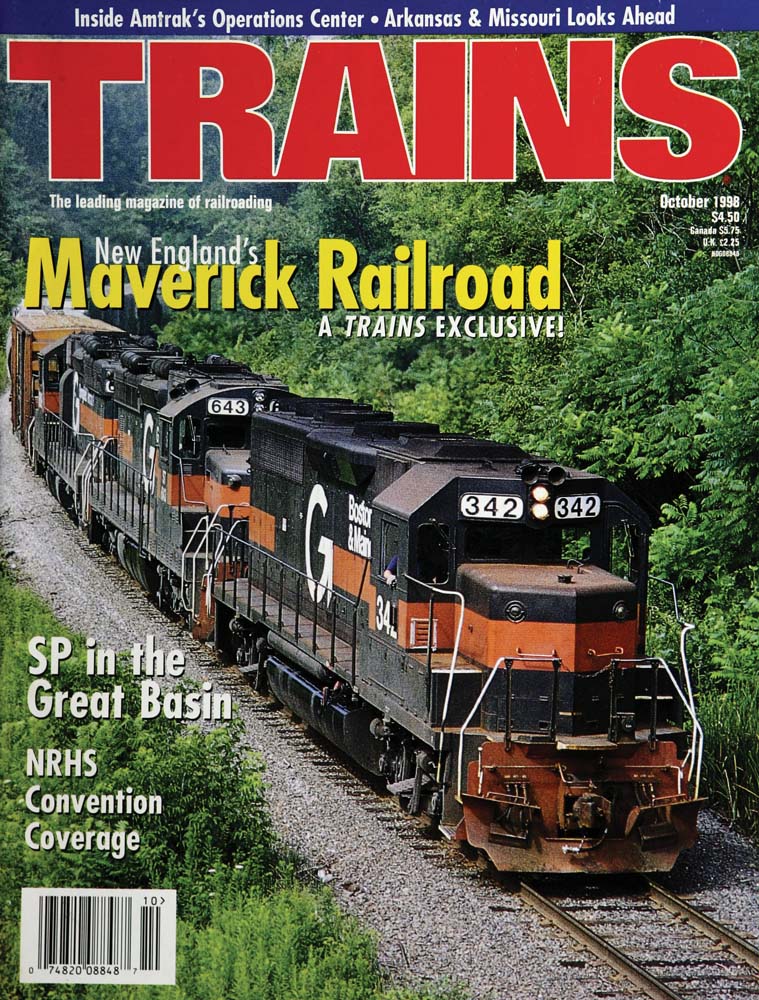
I never met David “Dave” A. Fink, but I felt his presence for a while in the late 1990s. The pugnacious president of Guilford Transportation Industries had a reputation for being difficult with journalists, but long about 1997 I decided Trains absolutely had to have a profile of his railroad, no matter what. Fink proved […]
Read More…
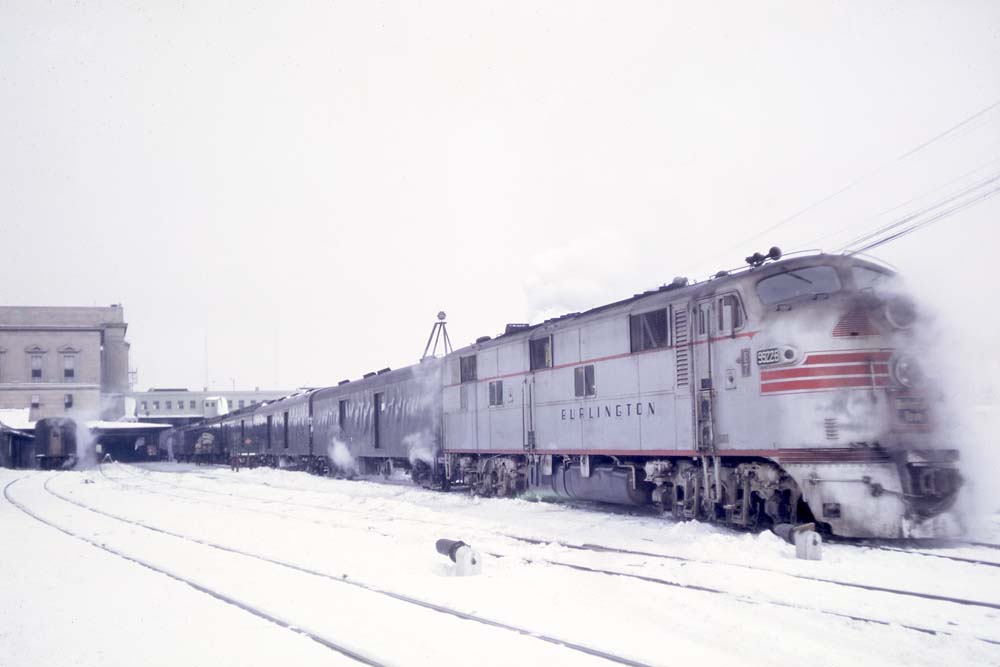
I was able to secure part time employment with the railroad mail service on the Burlington during the mid-1950s. This occurred both in summer and during the heavy Christmas mail seasons. This was with the help of my father, who was a traveling auditor for the Chicago, Burlington & Quincy, which eventually brought us to […]
Read More…
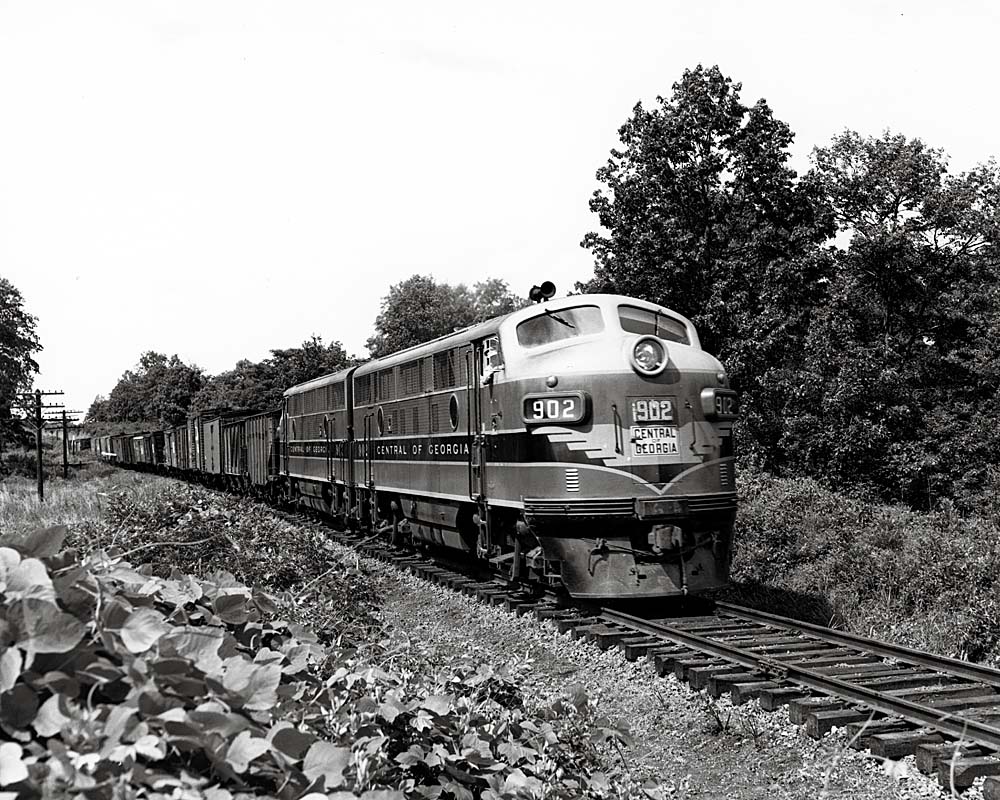
The builders of the Central of Georgia Railway’s earliest predecessor lines, beginning in my hometown of Savannah, could not have imagined that their railroad would eventually extend across Georgia into Alabama, barely into Tennessee, and, briefly, just inside Florida. But they persisted in assembling smaller roads into “A Hand Full of Strong Lines,” a slogan […]
Read More…
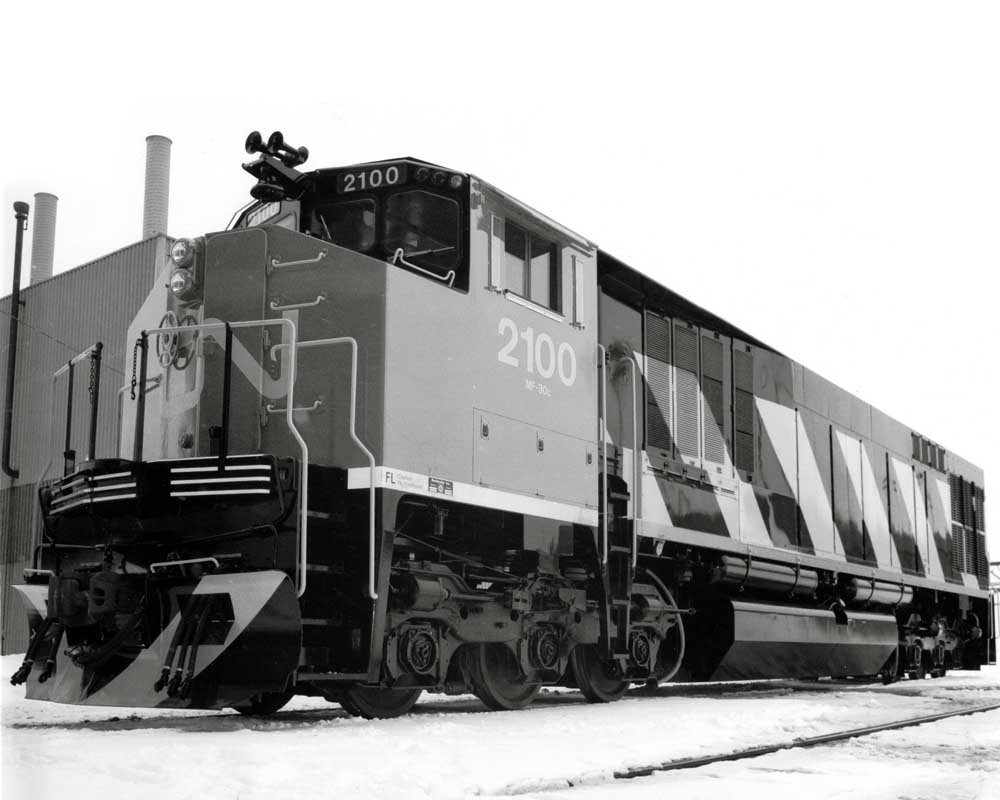
The Bombardier HR616 locomotive sold just 20 copies to one railroad, qualifying it as a Diesel That Didn’t. In North America, when we think of builders of diesel road locomotives, we usually conjure visions of EMD, GE, Wabtec, Alco, Baldwin, and Fairbanks-Morse. But there were others, including Canada’s Bombardier. The Montreal-headquartered rail transportation arm of […]
Read More…
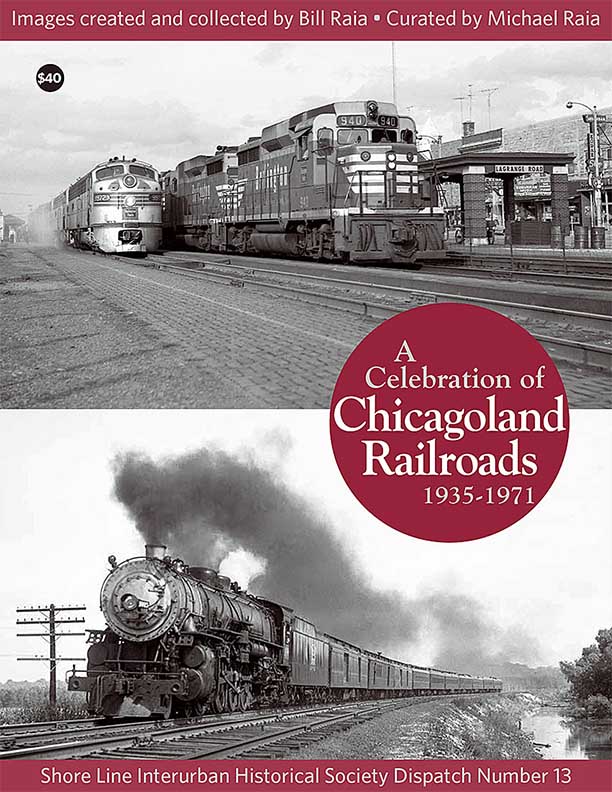
Don’t be thrown by the name of the publisher: A Celebration of Chicagoland Railroads goes way beyond interurbans. Anchored by the work of Soo Line veteran Bill Raia, this softcover encompasses steam, diesel, and electric and includes virtually every railroad, every station, and seemingly every train. It’s all here: Burlington Zephyrs, Milwaukee Road Hiawathas, Santa Fe […]
Read More…
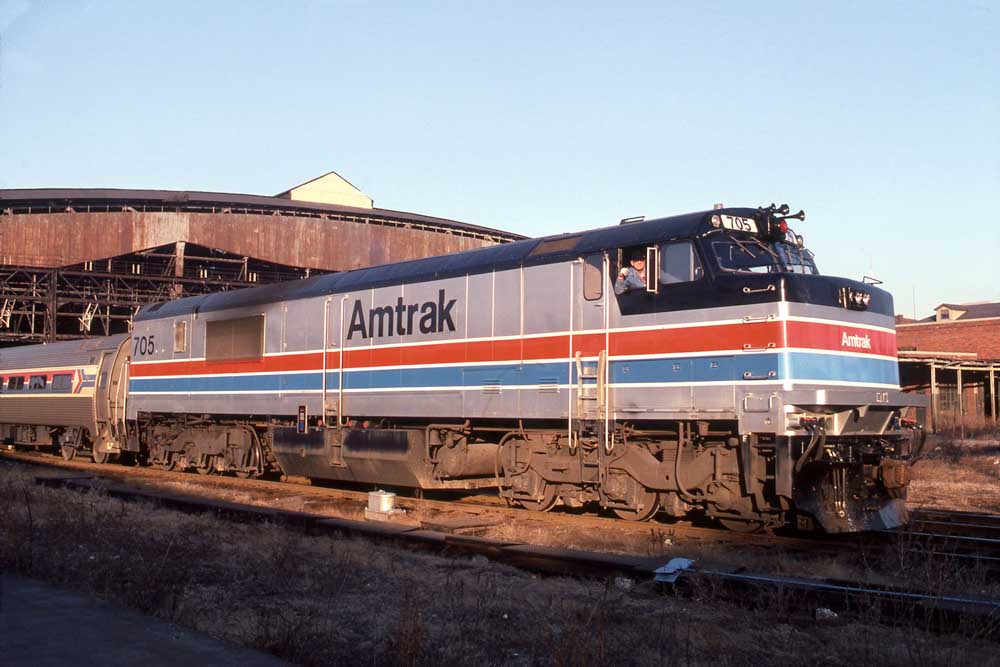
Amtrak St Louis services have included routes to the East, Southwest, and other Midwest points throughout its 50-plus-year history. At one time, the Gateway City was a secondary Midwest hub for Amtrak. Long-distance trains serving St. Louis through the years included the Inter-American, National Limited, and Texas Eagle. Additional short-distance trains include services to Chicago […]
Read More…
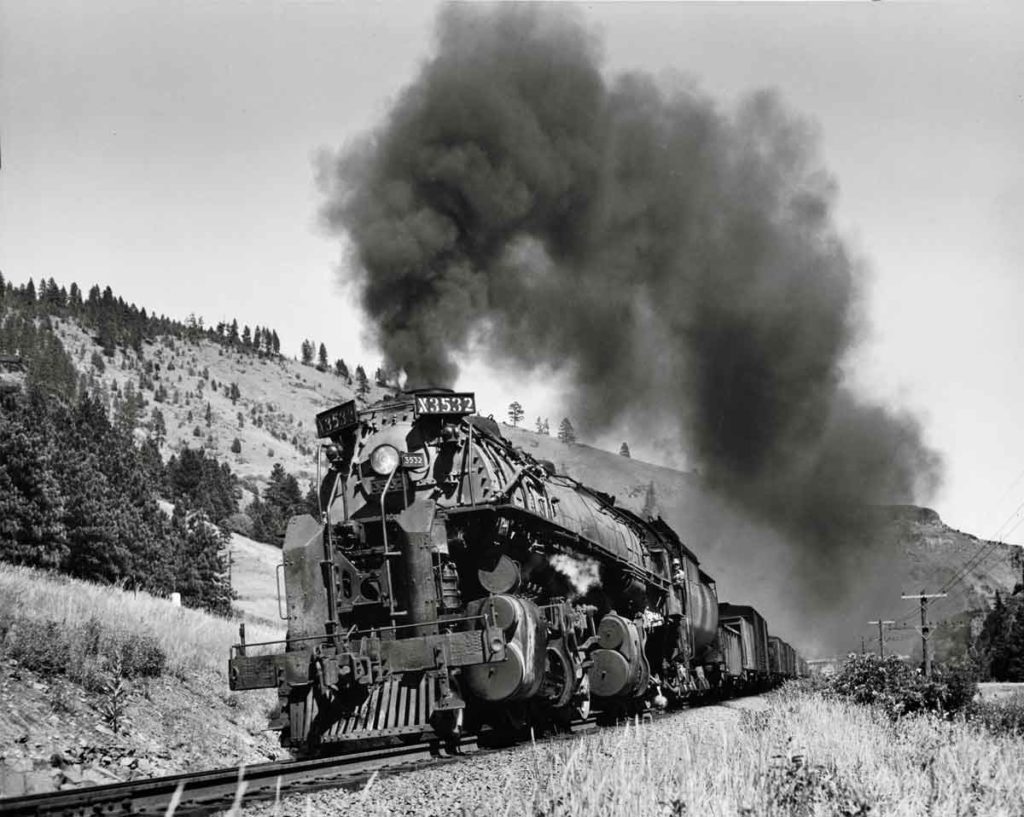
The Union Pacific’s 3500-class 2-8-8-0s were often found lugging freights in the Blue Mountains of eastern Oregon. Here, No. 3532 pulls 70 cars of an extra freight upgrade west of La Grande, Ore., in July 1948. Henry R. Griffiths Jr. photo […]
Read More…
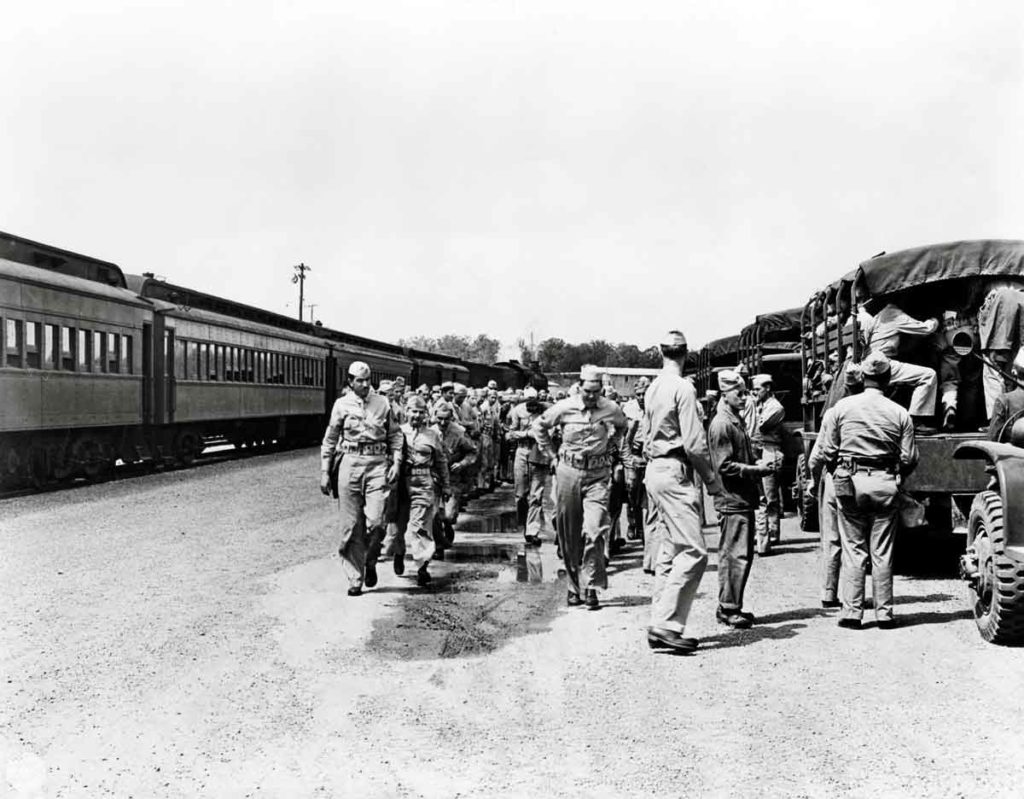
Soldiers transfer from a Nashville, Chattanooga & St. Louis troop train to trucks at the Army’s Camp Forrest near Tullahoma, Tenn., in 1942. U.S. Army Signal Corps photo […]
Read More…
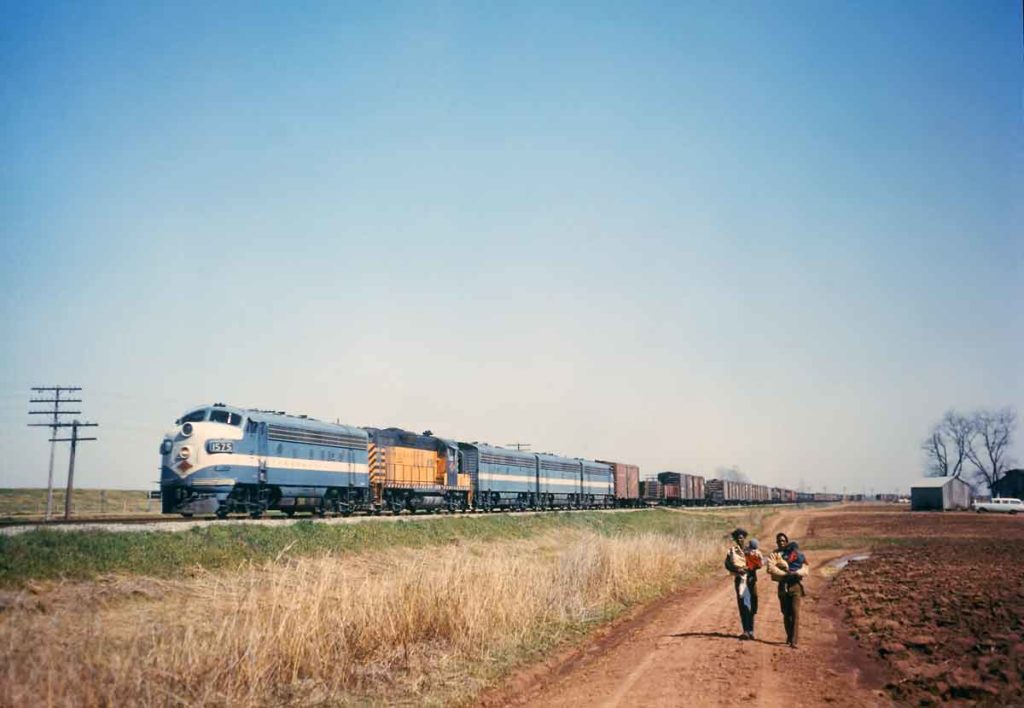
Near Robinson, La., southeast of Shreveport, four Texas & Pacific F7s and one GP7 power a westbound freight in early 1959. A. E. Brown photo […]
Read More…
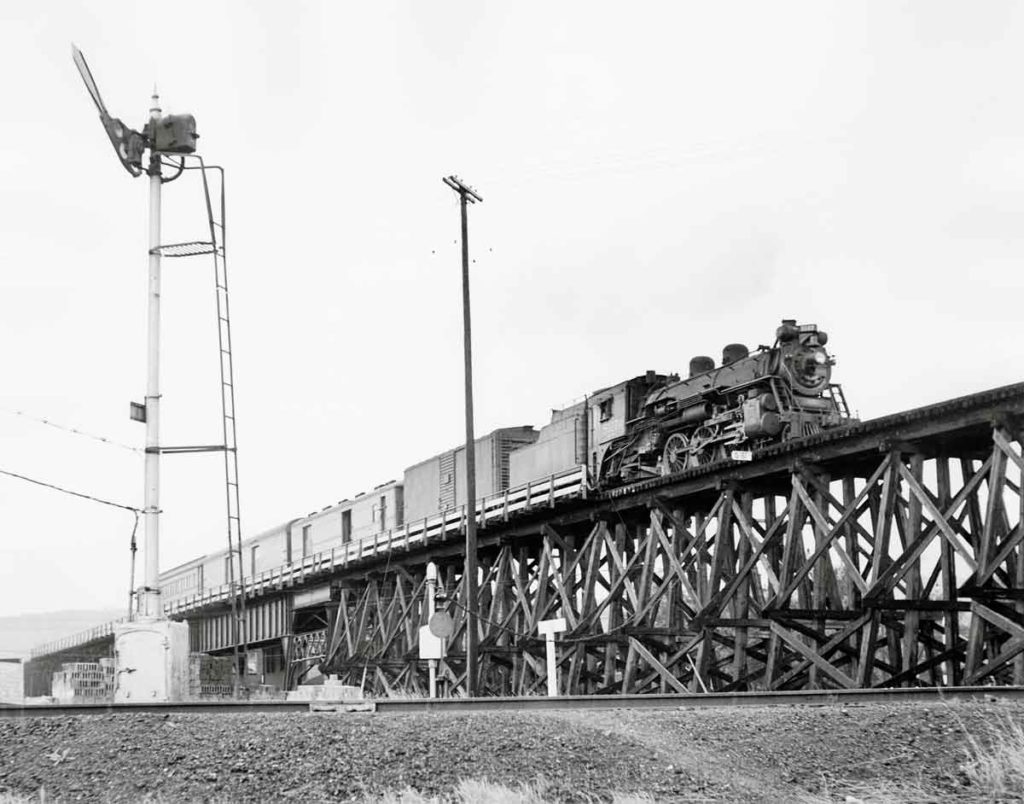
Pacific 5127, leased from parent Canadian National, pauses at Duluth, Winnipeg & Pacific’s elevated station (hidden behind train) in West Duluth, Minn., with the overnight accommodation from Fort Frances, Ont., in September 1954. Philip R. Hastings photo […]
Read More…
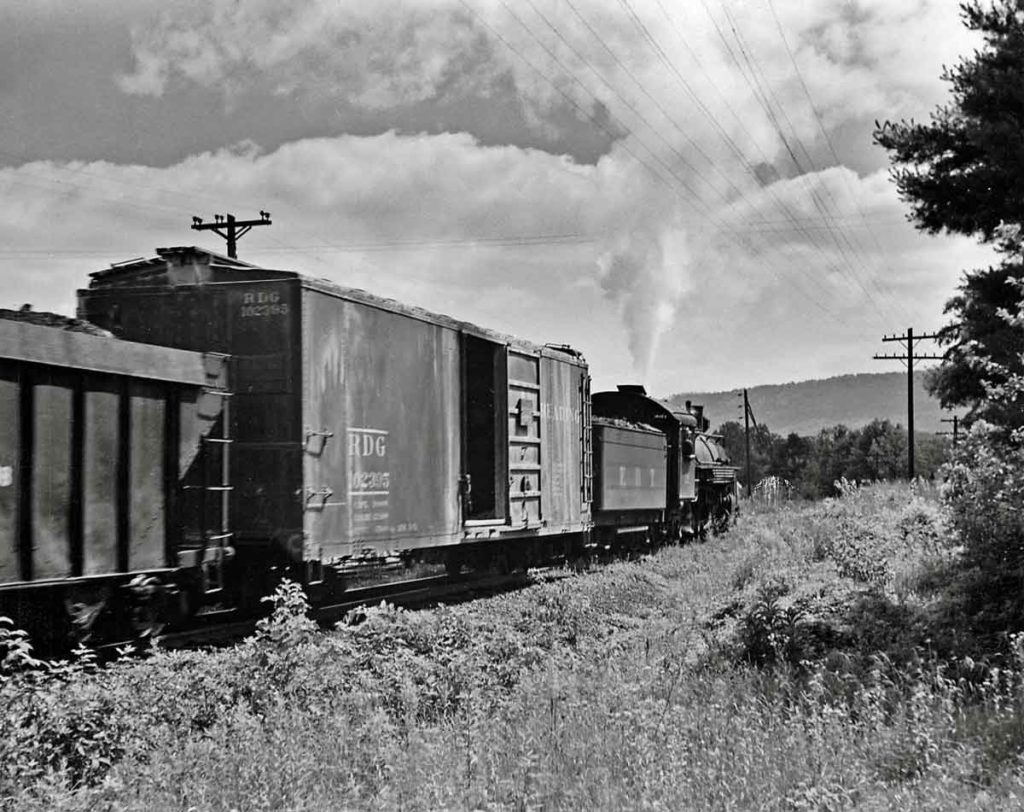
On the 3-foot-gauge East Broad Top, Reading Company boxcar 102395 — transferred to narrow-gauge trucks at the PRR-EBT interchange at Mount Union, Pa. — rides between an EBT 2-8-2 Mikado and hopper car. Philip R. Hastings photo […]
Read More…
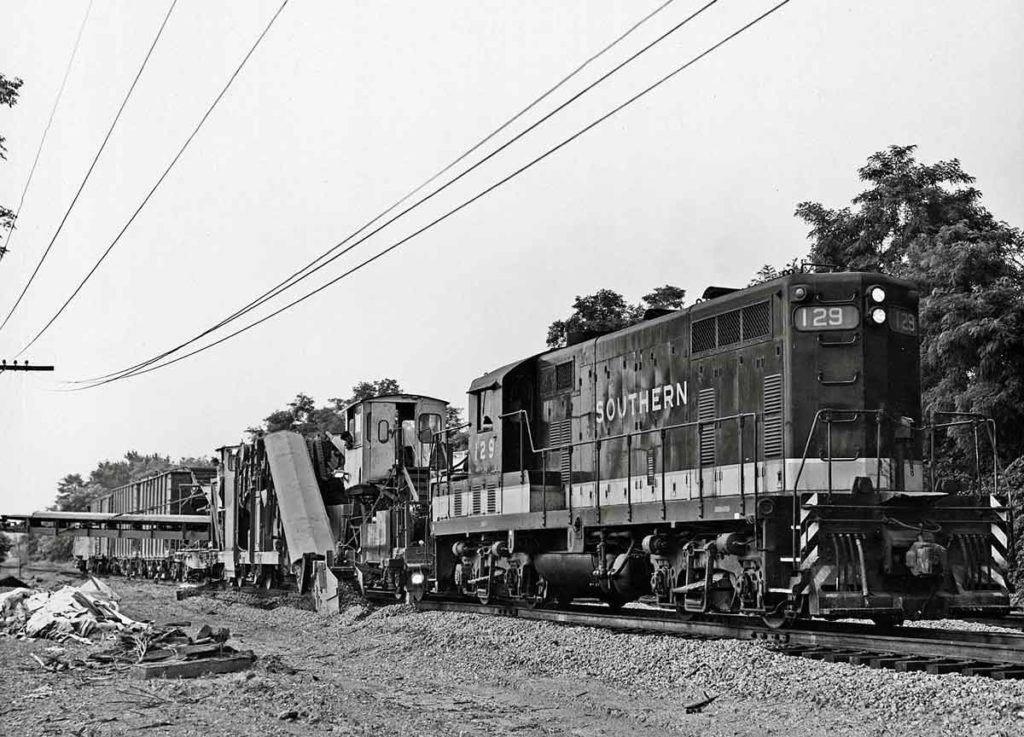
Southern Railway GP7 129 heads a ballast-cleaning train in operation on the “Rathole Division” near Dry Ridge, Ky., in July 1971. William J. Husa Jr. photo […]
Read More…












